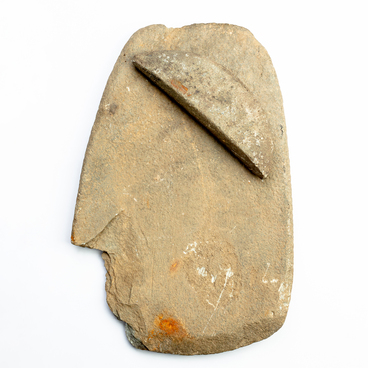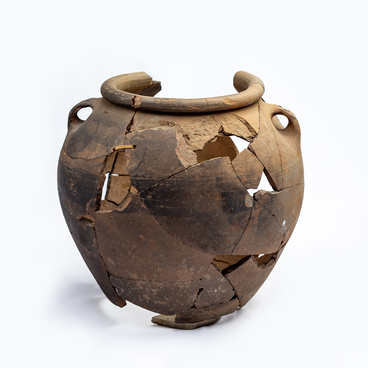The needle is one of the earliest inventions of humankind, predating the wheel.
This item has hardly changed since ancient times. The exact date of the needle’s invention is unknown. It is believed that this happened about 30 thousand years ago, but there is no direct evidence of this — just educated guesses. The most ancient artifacts, which were found by archaeologists and looked similar to modern needles, are about 17 thousand years old.
There were no fabrics in those days. People made some kind of clothing from the skins of animals that they hunted. Iron was not known yet, so these sewing tools were made from fish and animal bones. The first bone needles were large and looked more like awls. Over time, bone processing technologies improved, and the items became thinner and smaller.
Iron needles appeared in the 3rd century BCE and were discovered in the territory of present-day Bavaria. They resembled modern needles with one difference: they lacked an eye for the thread. Instead, the edge of the needle, opposite to the tip, was simply bent into a small loop. Moreover, such small metal objects were made by hand and therefore were very expensive.
In the 12th century, Europeans learned to draw wire using a special plate, making the production of small metal items cheaper. The appearance of needles also improved — they became thinner and more even.
In the Middle Ages, one of the needle manufacturing centers was located in Spain. “Spanish spikes, ” as these sewing tools were called at that time, were very popular and exported to many countries. They were very expensive and were considered a luxury item. It was rare for a craftsman of those years to have more than two such needles.
The first full-fledged needle machine appeared in
1850 in England. This country became the leading producer of this sewing
accessory, remaining for a long time the world’s only major supplier of needles.


